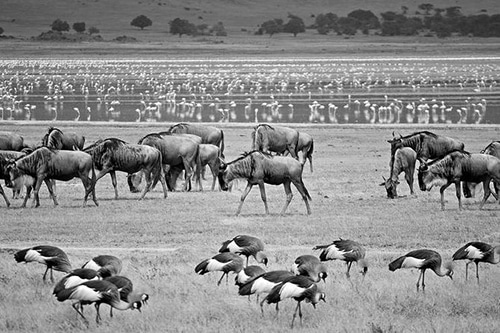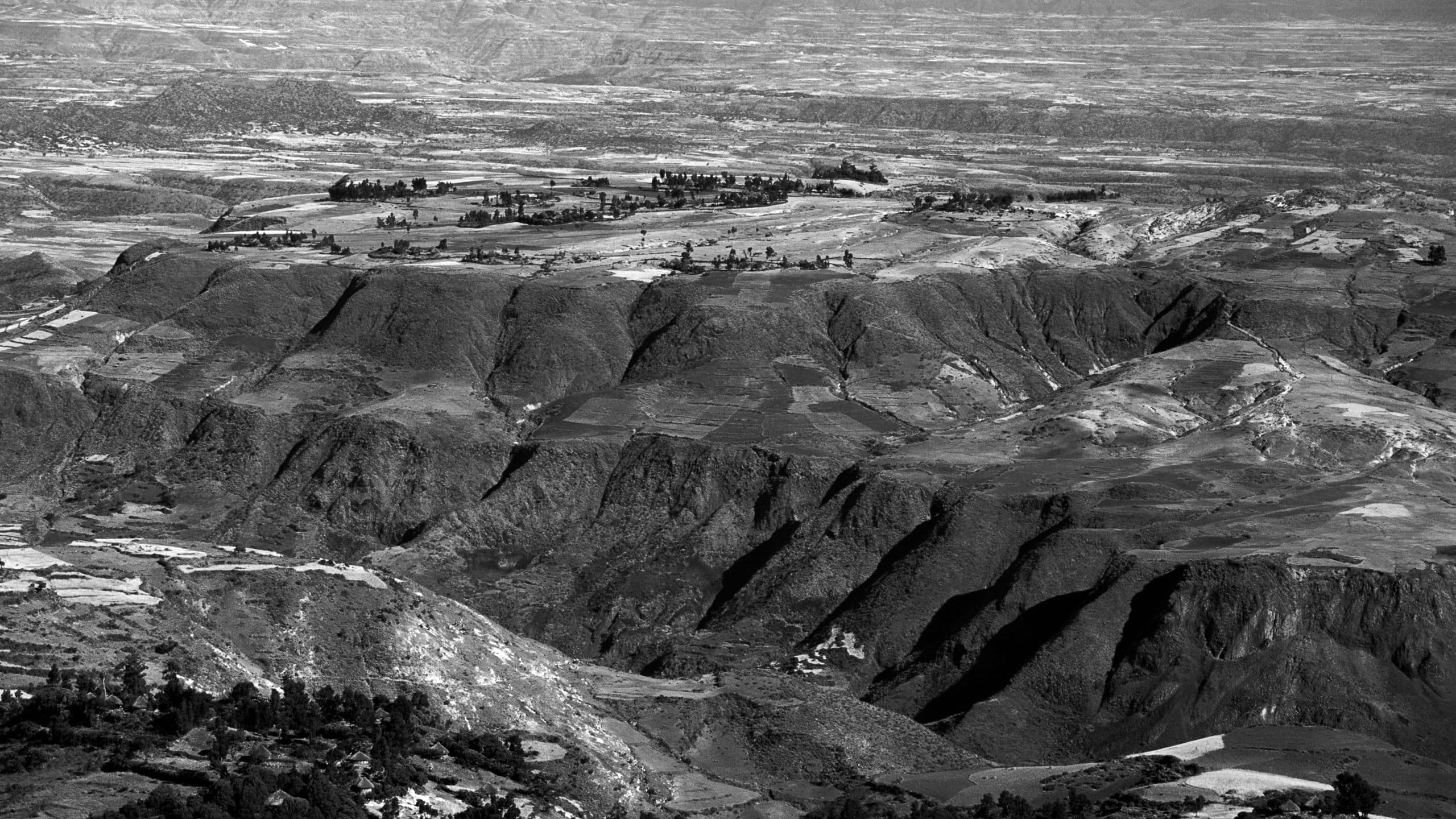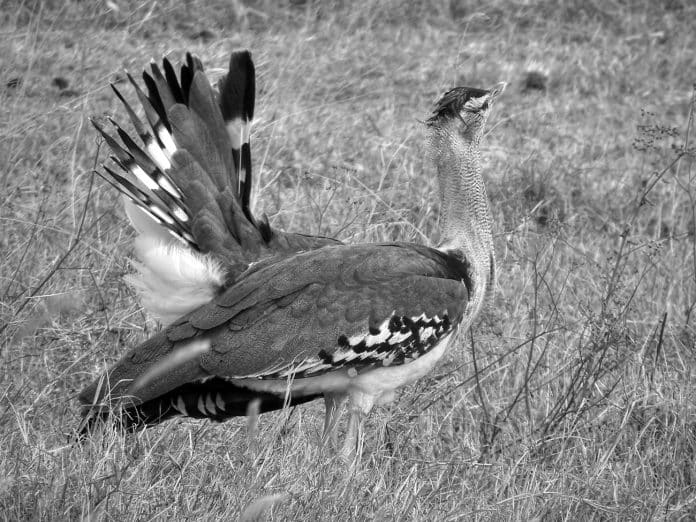Kori Bustard in Tanzania: Discover the Fascinating World of Africa’s Largest Flying Bird
Introduction to the Kori Bustard
Welcome to the captivating world of the Kori Bustard, the largest flying bird in Africa. Found in the majestic landscapes of Tanzania, this remarkable creature is a sight to behold. With its impressive size and distinctive features, the Kori Bustard has become an icon of the African savannah. In this article, we will delve into the habitat, physical characteristics, feeding habits, breeding behavior, conservation status, and best places to spot this magnificent bird in Tanzania. So, let’s embark on a journey to discover the beauty and significance of the Kori Bustard in Tanzania.
Habitat and Distribution of the Kori Bustard in Tanzania

The Kori Bustard is widely distributed across the grasslands and open savannahs of Tanzania. It can be found in various regions, including the Serengeti National Park, Ngorongoro Conservation Area, Tarangire National Park, and Manyara Ranch. These areas provide the perfect habitat for the Kori Bustard, with their vast expanses of grassy plains and scattered trees. The bird thrives in these environments, where it can easily blend in with its surroundings and find ample food.
Physical Characteristics of the Kori Bustard
The Kori Bustard is a truly impressive bird, both in terms of its size and appearance. It is the heaviest flying bird in Africa, with males weighing up to 40 pounds and standing over four feet tall. Females are slightly smaller but still impressive in size. The bird has a long, slender neck, a small head, and a robust body. Its plumage is predominantly gray, with intricate patterns and markings that provide excellent camouflage in the grasslands. The male has a striking black and white pattern on its wings, which is particularly prominent during courtship displays.
Feeding Habits and Diet of the Kori Bustard
The Kori Bustard is an omnivorous bird with a diverse diet. It primarily feeds on insects, such as grasshoppers, beetles, and termites, which it catches by stalking through the grass and using its sharp beak to snatch its prey. Additionally, the Kori Bustard also consumes small mammals, reptiles, and birds when the opportunity arises. To supplement its diet, the bird feeds on a variety of plant matter, including fruits, seeds, and leaves. Its ability to adapt its feeding habits to different food sources makes the Kori Bustard a highly adaptable and successful species.
Breeding and Mating Behavior of the Kori Bustard
The breeding and mating behavior of the Kori Bustard is a fascinating spectacle to witness. During the breeding season, males engage in elaborate courtship displays to attract females. These displays involve puffing up their chests, spreading their wings, and inflating their throats to create a booming sound. The male also engages in a series of impressive leaps and runs to showcase its strength and agility. Once a female is impressed, she will mate with the male and eventually lay a single large egg in a shallow depression on the ground. Both parents take turns incubating the egg and caring for the offspring once it hatches.
Conservation Status and Threats to the Kori Bustard Population in Tanzania
Despite its majestic presence, the Kori Bustard faces various threats to its population in Tanzania. Habitat loss due to human activities, such as agriculture and infrastructure development, poses a significant challenge to the bird’s survival. Additionally, illegal hunting and poaching also contribute to the decline in Kori Bustard numbers. The International Union for Conservation of Nature (IUCN) lists the Kori Bustard as a species of “Least Concern” globally, but it is important to address the specific threats faced by the Tanzanian population to ensure its long-term survival.
Best Places in Tanzania to Spot the Kori Bustard
If you’re eager to catch a glimpse of the Kori Bustard in Tanzania, there are several key locations where your chances are higher. The Serengeti National Park is a prime spot, particularly in the grassy plains of the southern region. The Ngorongoro Conservation Area and Tarangire National Park also offer excellent opportunities for sightings. Manyara Ranch, located in the Great Rift Valley, is another fantastic destination to spot this magnificent bird. Remember to be patient, as the Kori Bustard can be elusive and blend seamlessly into its surroundings.

Tips for Observing and Photographing the Kori Bustard
Observing and photographing the Kori Bustard requires a combination of patience, stealth, and respect for the bird’s natural habitat. Here are a few tips to enhance your experience:
- Use camouflage: Wear earth-toned clothing that blends in with the surroundings and avoid sudden movements that may startle the bird.
- Be patient: Settle in a concealed spot and wait for the bird to come into view. The Kori Bustard may take its time before revealing itself.
- Use a long lens: The Kori Bustard is usually found in open areas, so a telephoto lens will help you capture detailed shots without disturbing the bird.
- Observe from a distance: Maintain a respectful distance to avoid causing stress or disrupting the bird’s natural behavior.
- Respect nesting sites: If you come across a nesting site, keep your distance to avoid disturbing the breeding process.
Remember, the welfare of the Kori Bustard and its habitat should always take precedence over capturing the perfect photograph.
Interesting Facts about the Kori Bustard
Here are some intriguing facts about the Kori Bustard that highlight its unique characteristics:
- The Kori Bustard has a specialized sac in its neck that it uses to produce a deep booming sound during courtship displays.
- It is capable of flying, but its large size and heavy weight make it more inclined to walk or run across the grasslands.
- The Kori Bustard has a symbiotic relationship with certain grazing mammals, such as wildebeest and zebras. It follows these animals to feed on the insects flushed out by their movement.
- Despite its large size, the Kori Bustard is an adept runner and can reach speeds of up to 20 miles per hour when necessary.
Appreciating the Beauty and Significance of the Kori Bustard in Tanzania
The Kori Bustard is not only a magnificent bird but also an important part of Tanzania’s rich biodiversity. Its presence in the grasslands and savannahs adds to the allure of the country’s natural landscapes. By understanding and appreciating the Kori Bustard, we can foster a deeper connection with nature and contribute to its conservation. So, whether you’re a bird enthusiast, a wildlife photographer, or simply an admirer of nature’s wonders, make sure to include the Kori Bustard in Tanzania on your list of must-see species. Let us protect and cherish this remarkable bird for generations to come.
For more articles related to Wildlife in Tanzania (Animals), click here!


































